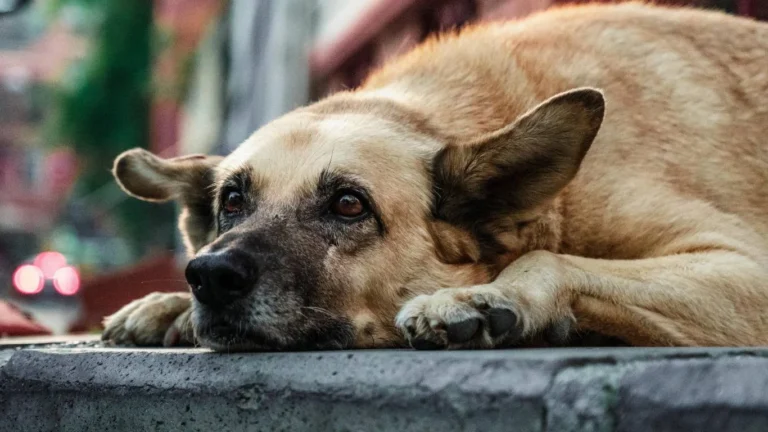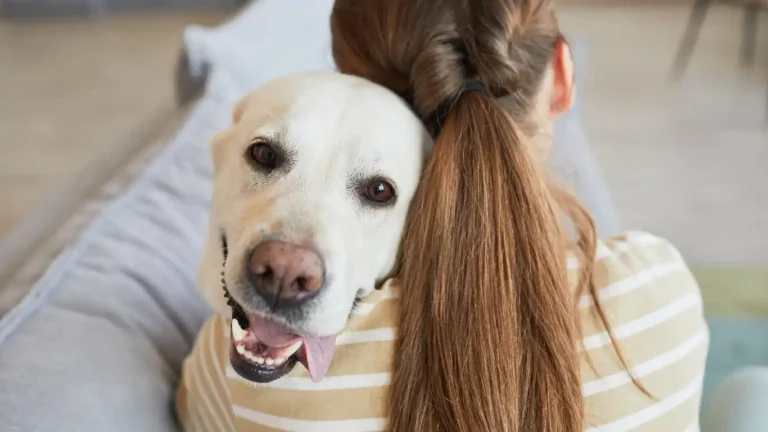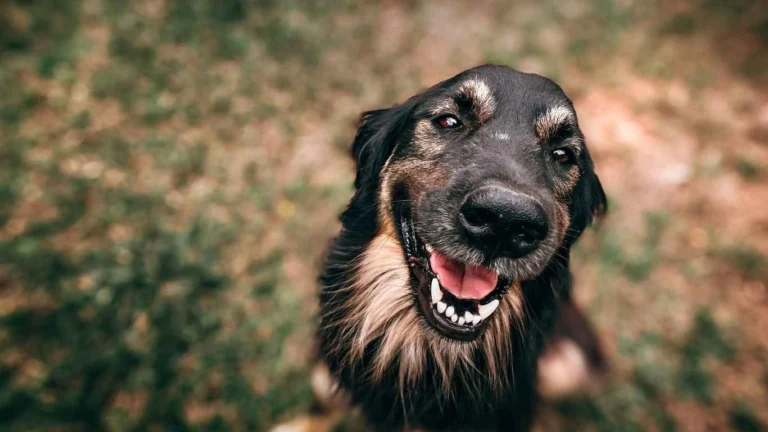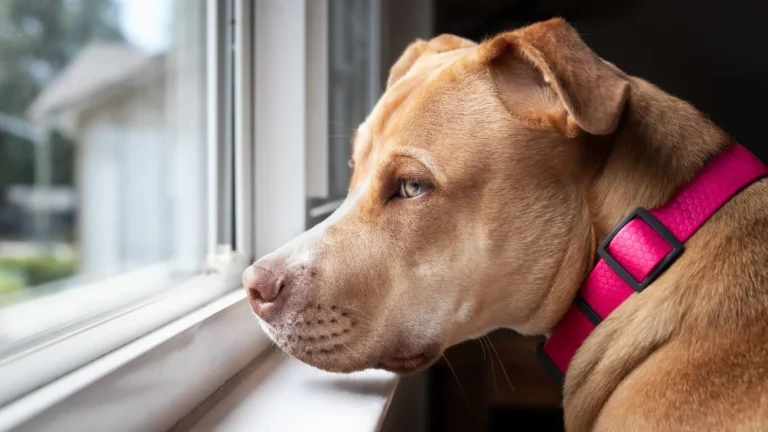Can Dogs Eat Rice Every Day? Surprising Truth Vets Want You to Know
If you’re anything like me, you’ve probably asked yourself at least once, can dogs eat rice every day? It’s one of those questions that pops up when you’re scooping your own rice at dinner and your dog gives you those irresistible eyes. Working as an Animal Care Specialist at a pet clinic and later a busy shelter, I’ve seen countless pet parents wonder the same thing. Honestly, rice is one of the most common things we recommend for dogs with tummy troubles—but does that mean it’s okay every single day? Let’s dig in and explore that bowl of questions (pun fully intended!).
Is Rice Actually Good for Dogs?
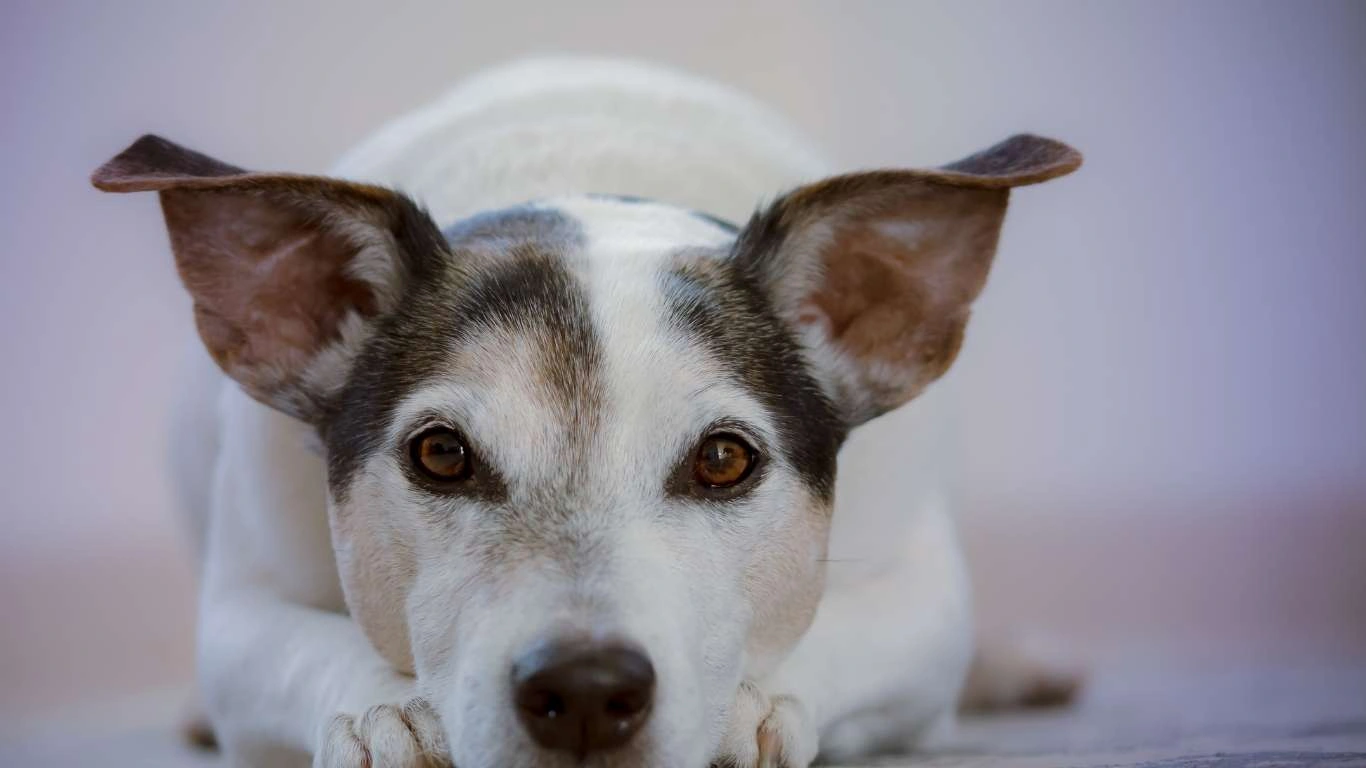
Rice isn’t just a cheap pantry staple—it can be a great source of energy for our canine companions. Especially white rice. It’s easy on the stomach, super digestible, and often used in bland diets when a dog is dealing with diarrhea or vomiting. Brown rice? That’s a little heartier and packed with fiber, but it’s also harder to digest, which is something we always consider in the clinic, especially with senior pups or those with sensitive bellies.
That said, just because something is *okay* or even *good* in moderation doesn’t mean it should be the star of your dog’s daily menu.
The Role of Rice in a Dog’s Diet
Let me tell you, I’ve had more than a few clients come in panicked about their dog’s lack of appetite—only to reveal they’ve been feeding rice daily for weeks. While rice can absolutely be a component of a balanced diet, it shouldn’t be the foundation unless a vet specifically recommends it. Dogs are omnivores, meaning they need more than just carbohydrates to thrive.
- Protein: Meat should be the primary nutrient source.
- Fats: Healthy fats support their skin, coat, and brain function.
- Micronutrients: Dogs need vitamins and minerals just like us.
Rice by itself is lacking in those essential nutrients. Feeding it every day without mixing it up can lead to nutritional gaps. I once cared for a rescue pup that had been fed only rice and chicken for months. Sweet dog, but she came in with brittle fur and low energy. Once we balanced her meals, she perked right up within a couple of weeks.
So, Can Dogs Eat Rice Every Day Safely?
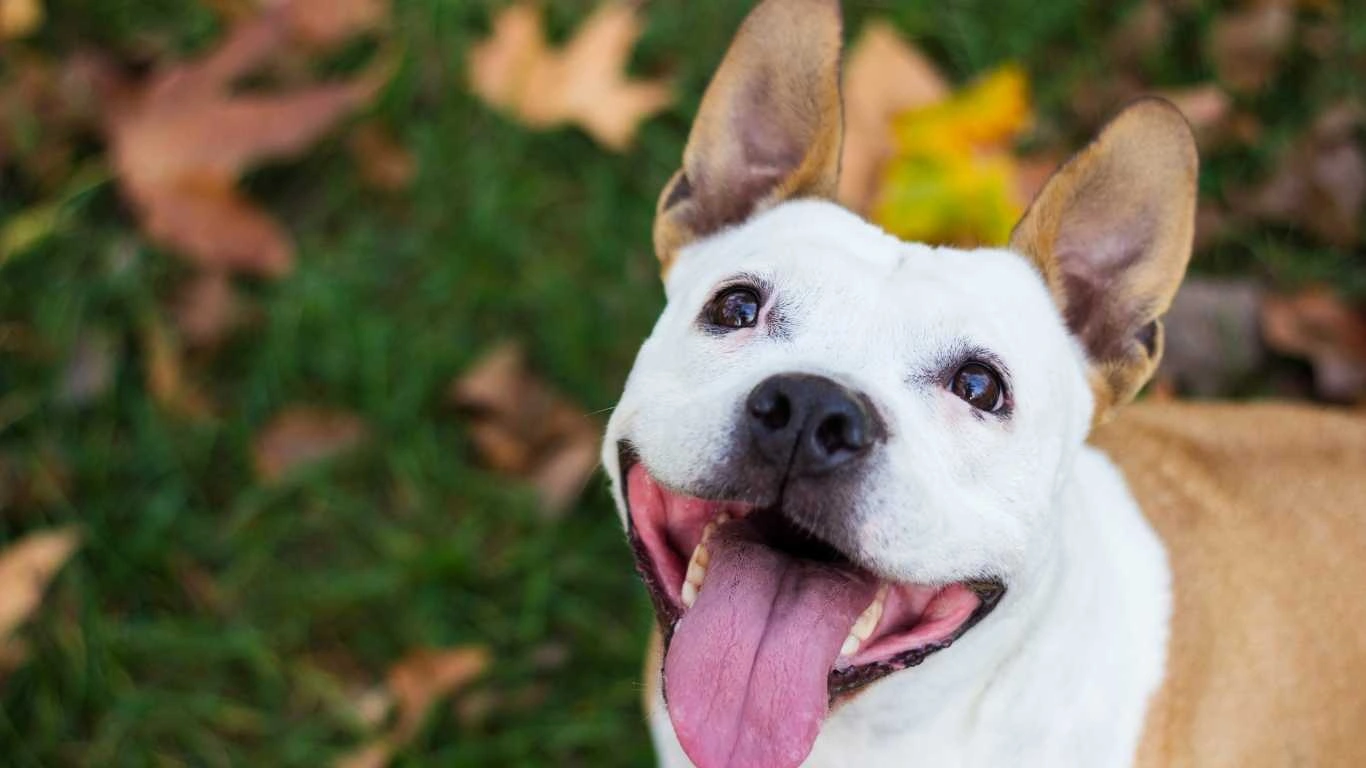
Here’s the deal: yes, dogs can eat rice every day, but—and this is a big but—it really depends on how it fits into their overall diet. If rice is just a small portion mixed with a complete and balanced food, that’s usually no biggie. In fact, I’ve met some dogs with chronic GI issues who do better with a little daily rice. But if rice is taking up most of the food bowl day after day, we could be looking at some long-term issues.
- Too much white rice can spike blood sugar. This is especially risky for diabetic dogs.
- Rice-heavy diets can cause nutritional imbalances over time.
- Some dogs might develop food sensitivities if they eat the same thing every day.
I always tell pet parents this: If your dog’s meals look the same every single day, it might be time to reassess. Variety helps support gut health, keeps things interesting for your pup, and reduces the risk of dietary deficiencies.
When Rice Is a Good Daily Option
There are a few scenarios where rice might be part of a daily routine—for a while at least. Here are some examples I’ve personally encountered in my line of work:
- Post-surgery recovery: Bland meals like rice and boiled chicken can help settle the stomach.
- Chronic digestive issues: Dogs with IBS or sensitive stomachs often need simpler, more digestible foods.
- Homemade diets: If formulated properly (ideally with a vet or canine nutritionist), rice can be a staple ingredient.
But in each of those cases, the rice was carefully balanced with other ingredients. It wasn’t just a scoop of plain rice and a “good luck” pat on the head.
Common Mistakes People Make With Daily Rice
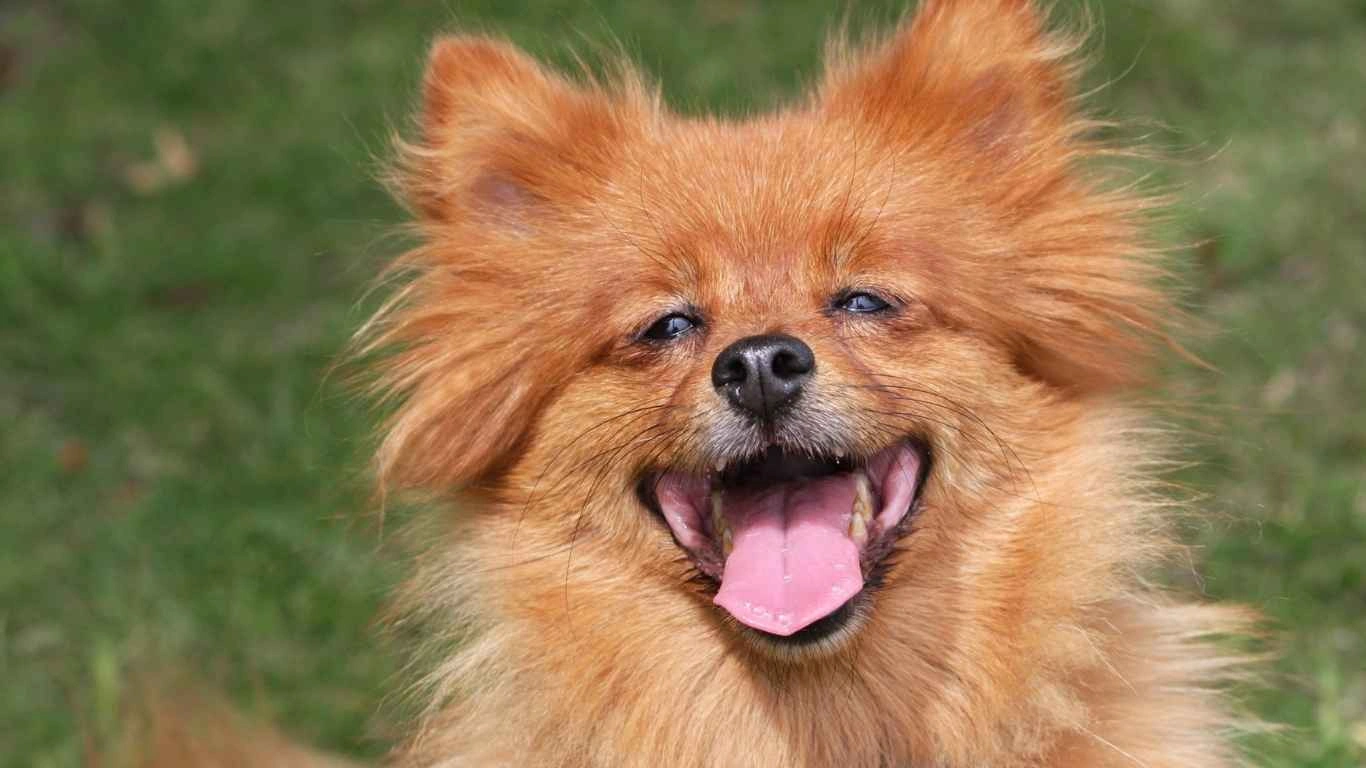
It’s easy to fall into the habit of feeding what your dog likes (especially when they devour it in seconds), but here are a few things to watch out for:
- Serving rice with fatty leftovers – Not all human food is dog-friendly. Adding gravies, oils, or spices can upset their digestive system or even be toxic.
- Ignoring allergies or sensitivities – Some dogs might react to grains. If you notice itchiness, chronic ear infections, or loose stools, rice could be the culprit.
- Not measuring portions – Too much of anything is never good. Keep an eye on portions to avoid unnecessary weight gain.
Trust me, I’ve seen it all—from rice-fed huskies with low energy to picky chihuahuas who would only eat rice and tuna (yes, really). The key is understanding your dog’s unique needs and making sure rice plays a healthy, supporting role rather than being the main event.
How Much Rice Is Too Much for Dogs?
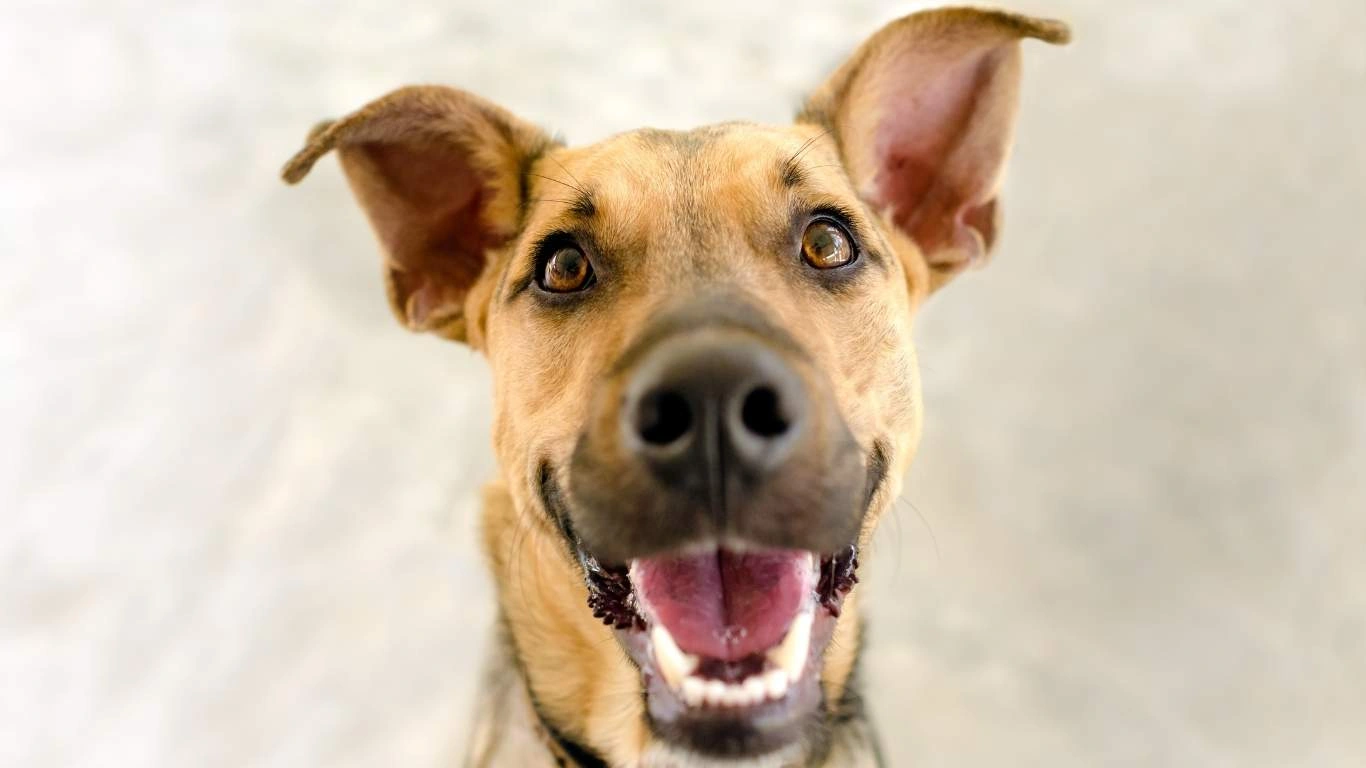
One of the most common things I see at the clinic is folks trying to do the right thing, but not quite hitting the mark on how much rice to serve. A little rice can go a long way, but too much? It crowds out the nutrients your dog needs from proteins, fats, and veggies. When pet parents ask, “Can dogs eat rice every day?” I follow up with, “Sure, but how much are you feeding?”
As a general rule, rice shouldn’t make up more than 10–25% of your dog’s total meal, depending on the dog’s size, age, and health. For example:
- Small breeds (under 20 lbs): 1–2 tablespoons cooked rice per meal
- Medium breeds (20–50 lbs): ¼ to ½ cup cooked rice
- Large breeds (50+ lbs): Up to 1 cup cooked rice
I once had a client feeding his German Shepherd two full cups of rice twice a day—plus kibble! That pup was gaining weight fast and started showing signs of low energy and itchy skin. We adjusted the portions, cut back on the rice, and within a month, he was looking and feeling way better.
What Kind of Rice Is Best for Dogs?
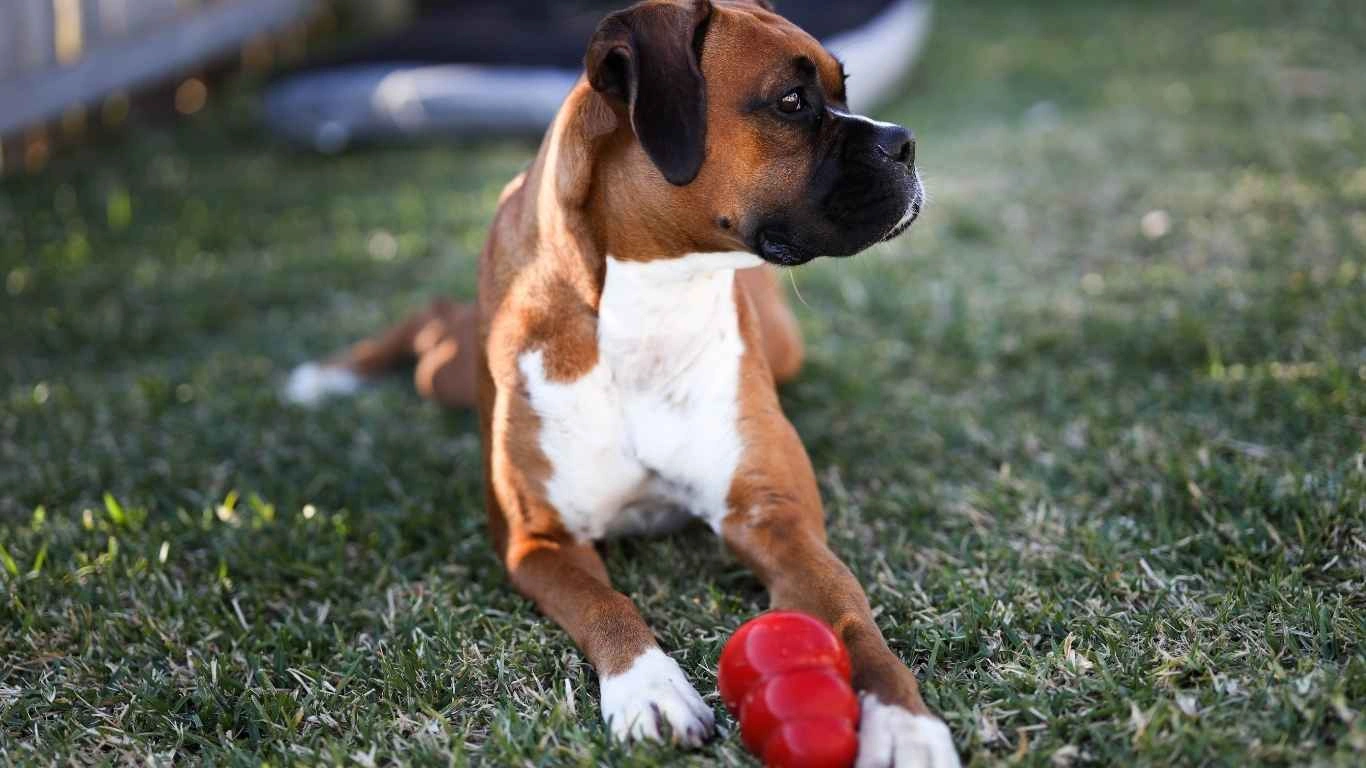
This is another hot topic. People love to debate white rice vs. brown rice, even for themselves—so of course, we get the same questions for dogs. Here’s how I break it down for clients at the shelter and clinic:
White Rice
This is your go-to if your dog has a sensitive stomach. It’s bland, easy to digest, and less likely to cause GI issues. I recommend white rice when dogs are recovering from a bout of diarrhea or starting a bland diet protocol. It’s like comfort food for dogs.
Brown Rice
Brown rice is less processed, so it keeps the bran layer. That means more fiber and slightly more nutrients. The downside? It’s tougher to digest and can irritate dogs with weak or sensitive digestive systems. I’ve seen it cause bloating and gas in some dogs, especially older ones or those with a sluggish GI tract.
If your dog’s stomach handles it well, brown rice can be a great choice in a rotational diet. Just make sure it’s cooked properly—fully cooked and soft. Undercooked brown rice is a no-go. Trust me, you don’t want to be dealing with a constipated bulldog. Not fun.
Mixing Things Up: Rice with Other Dog-Safe Ingredients
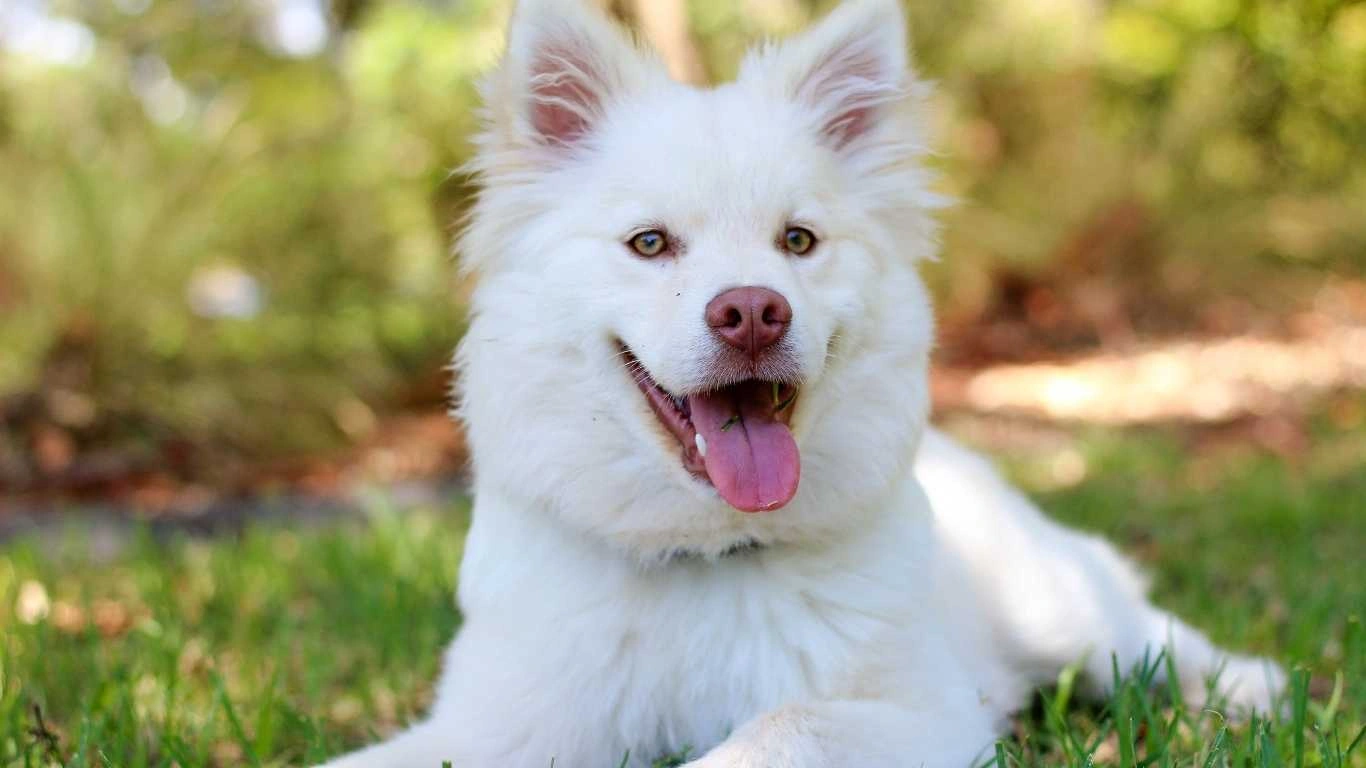
Okay, let’s get real: rice on its own is boring. You wouldn’t want to eat plain rice every day—and neither does your dog. One way to keep things balanced and interesting is to mix rice with a variety of other safe, nutritious ingredients. Here are a few combos I’ve recommended over the years that dogs seem to love:
- Rice + boiled chicken + steamed carrots – Great for sensitive tummies or post-surgery meals.
- Rice + ground turkey + peas – Lean protein and fiber-packed.
- Rice + canned salmon + pumpkin – A skin-and-coat-boosting combo that smells irresistible to dogs.
And hey, don’t be afraid to rotate! Just like us, dogs benefit from a bit of variety. I’ve had long-term clients who make small batches of different rice-based meals and rotate them throughout the week. Their dogs stay interested in food and, more importantly, get a wider range of nutrients.
Veterinary Advice: When to Rethink Daily Rice
There are certain times when feeding rice every day might not be the best move. I’ve learned to look out for a few red flags, and I always tell pet parents to check in with their vet if they notice these signs:
- Persistent itching or skin issues – Could be a grain sensitivity or lack of nutrients.
- Loose stools or constipation – Too much fiber or not enough variety.
- Lethargy or weight gain – Carbs might be crowding out protein.
One case that sticks out in my mind: a sweet golden retriever named Moose came into the clinic with chronic ear infections. His owner had been feeding him brown rice and turkey daily, thinking it was a “clean” diet. Turns out, Moose had developed a grain sensitivity. Once we cut the rice and switched to a grain-free, balanced diet, those ear issues cleared up. Just goes to show—what works for one dog won’t work for every dog.
Final Thoughts Before You Fill That Bowl
So to circle back to the big question—can dogs eat rice every day? Sure, in moderation, and if it’s part of a balanced diet. But it shouldn’t be your go-to default just because it’s easy or cheap. Like with all things in pet care, it’s about being intentional. Watch your dog, rotate their meals, and don’t hesitate to ask your vet or a pet nutritionist for help if you’re not sure you’re hitting the mark.
Every dog is different. And if I’ve learned anything after years in this field, it’s that their diet can make or break their energy, mood, and long-term health. So next time your pup gives you those big eyes while you’re spooning out rice for dinner, go ahead—just make sure the rest of their bowl is doing some heavy lifting too.
Homemade Meals with Rice: Tips from the Clinic Floor

If you’ve ever made a homemade dog meal, you know the feeling—you’re standing at the stove, wondering if your pup is going to love it or sniff and walk away. Over the years, I’ve had a lot of success helping pet parents build balanced, homemade meals that include rice, especially for dogs with food allergies, GI issues, or just picky appetites. But here’s the trick: rice should be a supporting actor, not the star.
When folks come into the shelter or clinic and say, “My dog eats homemade food with rice,” my first response is always, “What else are you feeding with it?” Because unless you’re working with a vet or a certified pet nutritionist, it’s easy to miss some big nutritional needs.
My Go-To Balanced Formula (That’s Vet-Approved!)
Here’s a simple ratio I’ve recommended dozens of times for balanced, rice-based homemade meals:
- 40% protein (lean chicken, turkey, beef, fish)
- 30% veggies (carrots, green beans, peas, pumpkin)
- 20-25% rice (white or brown, fully cooked)
- 5-10% healthy fats (like fish oil or olive oil)
And don’t forget the supplements—calcium, taurine, vitamin D, zinc. Dogs on homemade diets often miss out on those. I usually suggest talking with a vet about a daily supplement blend just to be safe. There’s nothing worse than seeing a dog develop brittle bones or heart issues because their diet looked “clean” but was missing key nutrients.
Rice Alternatives If You Want to Mix It Up
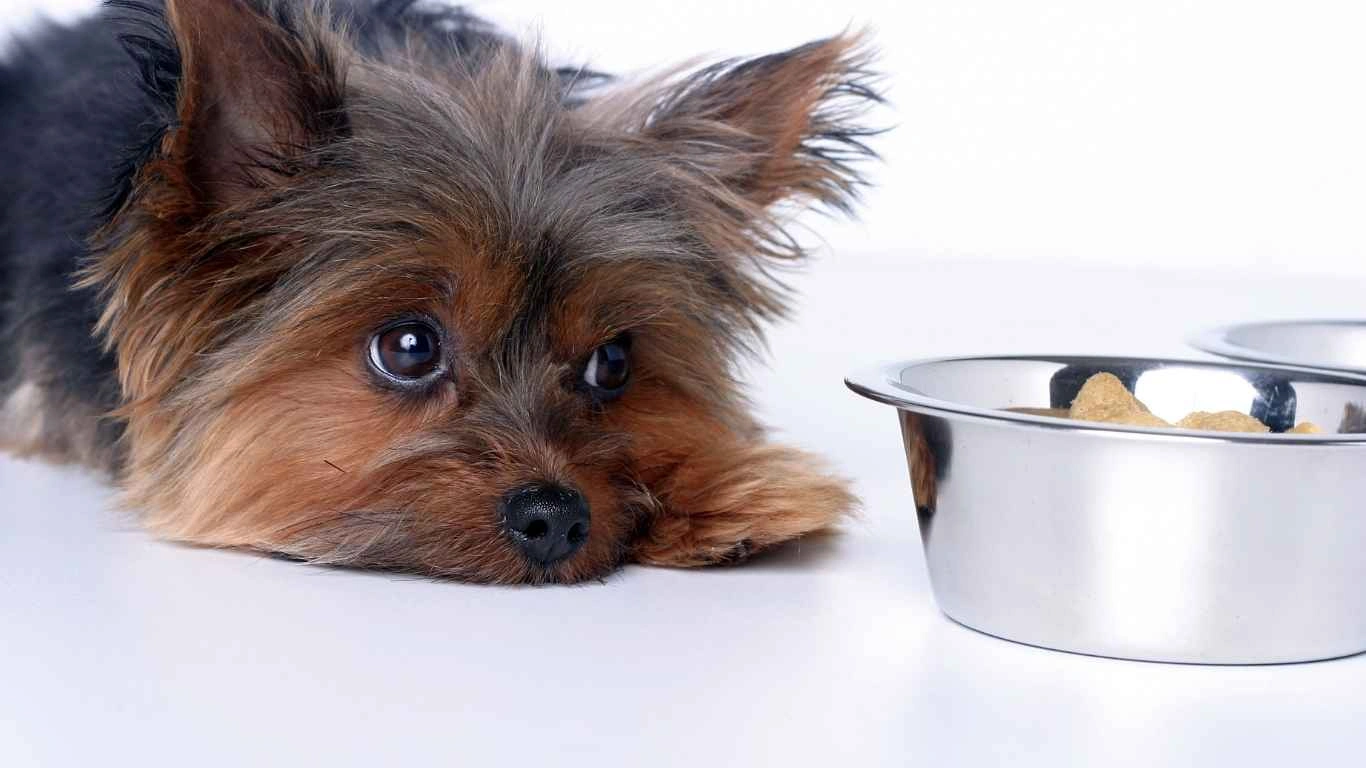
Let’s be real: even the most rice-loving pup is gonna get bored eventually. Plus, for dogs who can’t tolerate grains or need a low-carb option, rotating away from rice can do wonders. These are a few swaps I’ve used with my own fosters and seen great results with in clients’ dogs too:
- Quinoa – High in protein and easy to digest when cooked well. I usually rinse it to remove the bitter saponins.
- Sweet potatoes – Nutrient-rich, naturally sweet, and gentle on the gut. Just peel, boil, and mash.
- Pumpkin – Great for digestion, low in calories, and dogs love it. Just make sure it’s plain and unsweetened.
- Oats – Another gentle option, especially for dogs with grain sensitivities.
Not every dog will like every option, so it’s worth trying small amounts and watching for any tummy upset. And again, variety is a good thing—as long as each component adds something valuable to the meal.
What the Experts Say: Can Dogs Eat Rice Every Day?
I always encourage pet owners to check with trusted veterinary sources, and here’s what aligns with what we see daily in practice. According to organizations like the American Gastroenterological Association and various veterinary nutrition bodies, rice is considered safe for dogs in moderation, particularly white rice during GI flare-ups. But they also stress that rice alone doesn’t offer complete nutrition.
And that’s what E-E-A-T is all about—Experience, Expertise, Authoritativeness, and Trust. I’ve worked with hundreds of dogs, from nervous rescues to spoiled lapdogs, and while rice has helped many of them bounce back from health issues, I’ve also seen what happens when it’s used as a crutch instead of part of a well-rounded diet.
Real Talk: How I Feed My Own Dogs
People always ask me, “Gwenna, do *you* feed your dogs rice every day?” And the honest answer is—not every day, but definitely often. I keep it in the rotation. My senior lab, Daisy, does well with a few spoonfuls of white rice when she’s having an off tummy day. But I also rotate in sweet potato, lean proteins, and some homemade veggie blends.
For my younger mutt, Finn (he’s part terrier, part tornado), I skip daily rice and focus more on high-protein kibble with the occasional rice meal as a treat or recovery meal after a busy day of zoomies at the park.
So yes, rice can be part of a healthy diet—just like pasta or bread can be part of ours. But moderation, variety, and intentional planning make all the difference. If you’re feeding rice daily just because it’s convenient, it might be time to check in with your vet and reassess.
References
- American Gastroenterological Association
- American Veterinary Medical Association
- PetMD
- World Small Animal Veterinary Association
Disclaimer
This article is based on personal experience as an Animal Care Specialist and general veterinary guidance. It is not a substitute for professional veterinary advice. Always consult your veterinarian before making changes to your dog’s diet, especially if they have existing health conditions or dietary needs.

